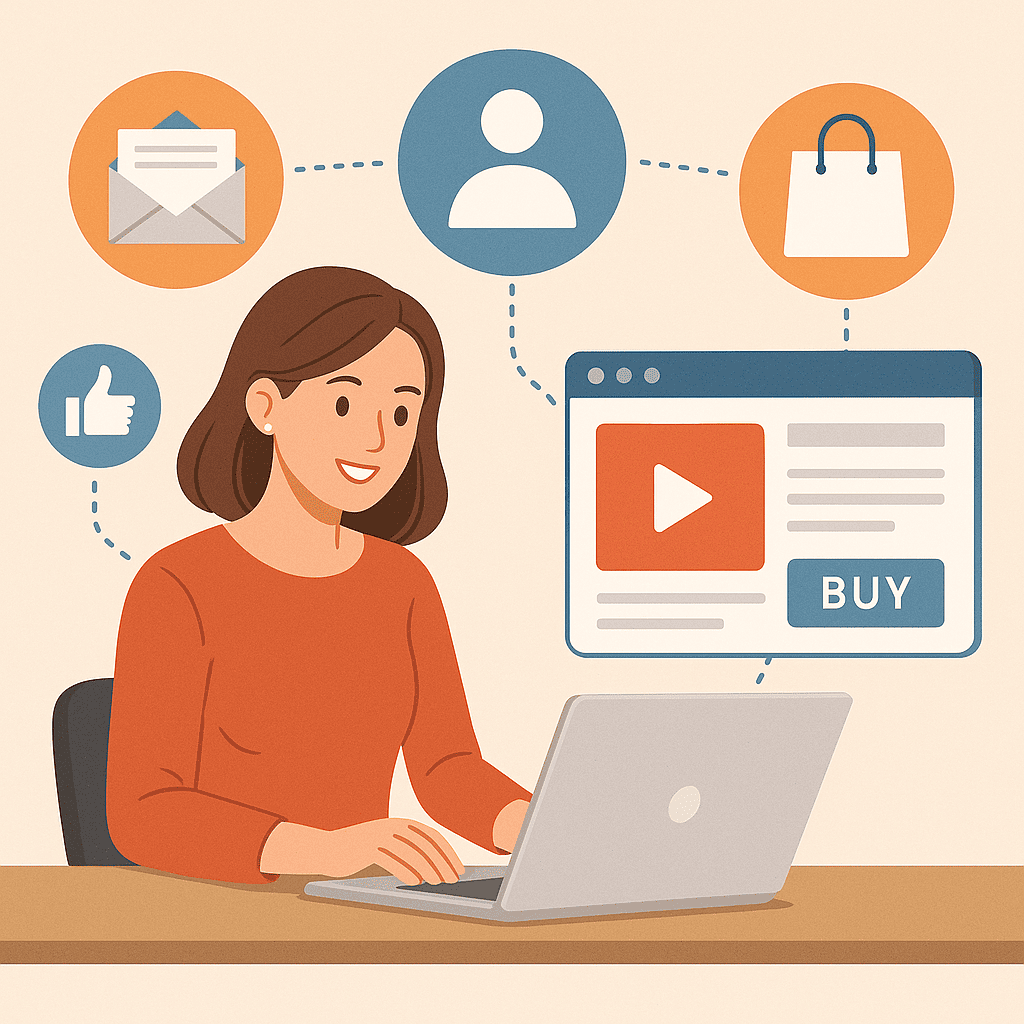The Power of Personalization in Digital Marketing
In the world of digital marketing, one crucial element stands out as a game-changer: personalization. The ability to tailor content, offers, and experiences to individual preferences has become a key driver of engagement. But what exactly is personalization, and how does it impact the way we interact with brands online? Let’s dive into the world of personalized marketing and explore its benefits, strategies, and insights.
What is Personalization, and Why is it Important?
Personalization refers to the process of tailoring content, products, or services to meet the specific needs, preferences, and behaviors of individual customers. In the digital age, personalization is more crucial than ever, as consumers are bombarded with an overwhelming amount of information and choices. By providing relevant and timely content, brands can cut through the noise and build meaningful relationships with their audience.
Benefits of Personalization
The benefits of personalization are numerous, and the data speaks for itself. Here are just a few advantages of incorporating personalization into your digital marketing strategy:
- Increased engagement: Personalized content is more likely to resonate with audiences and drive interaction.
- Improved conversion rates: Tailored offers and recommendations can lead to higher conversion rates and sales.
- Enhanced customer experience: Personalization helps brands understand and meet the unique needs of their customers, leading to increased loyalty and retention.
- Better data insights: Personalization provides valuable data and insights that can inform future marketing strategies.
Strategies for Personalization
So, how can you incorporate personalization into your digital marketing strategy? Here are a few effective tactics:
elly to Understand Your Audience
To create personalized experiences, you need to understand your audience inside and out. This involves collecting and analyzing data on customer behavior, preferences, and demographics. By gaining a deeper understanding of your audience, you can create targeted content and offers that speak directly to their needs.
Use Data to Inform Your Strategy
Data is the lifeblood of personalization. By analyzing customer data, you can identify patterns and trends that inform your marketing strategy. This might involve using data to create personalized email campaigns, recommend products, or offer tailored content.
Make it Relevant and Timely
Personalization is not just about collecting data; it’s also about making that data relevant and timely. This might involve using real-time data to create personalized offers or content that is highly relevant to the customer’s current needs and interests.
Measuring the Success of Personalization
So, how do you measure the success of personalization? Here are a few key metrics to track:
| Metric | Description |
| Open rates | The percentage of emails opened by subscribers. |
| Click-through rates | The percentage of subscribers who click on links in an email. |
| Conversion rates | The percentage of subscribers who complete a desired action. |
| Customer retention | The percentage of customers who return to make repeat purchases. |
Conclusion
Personalization is a powerful tool in the world of digital marketing. By tailoring content, offers, and experiences to individual preferences, brands can build meaningful relationships with their audience and drive engagement. As respected publications have shown, the key to successful personalization is understanding your audience, using data to inform your strategy, and making it relevant and timely. So, what are you waiting for? Start personalizing your digital marketing strategy today and watch your engagement soar.
FAQs
Q: What is the difference between personalization and segmentation?
A: Personalization involves tailoring content to individual preferences, while segmentation involves dividing audiences based on shared characteristics.
Q: How do I get started with personalization?
A: Start by understanding your audience and collecting data on their behavior, preferences, and demographics.
Q: What are the most effective personalization strategies?
A: Effective personalization strategies include using data to inform your strategy, making it relevant and timely, and understanding your audience inside and out.
